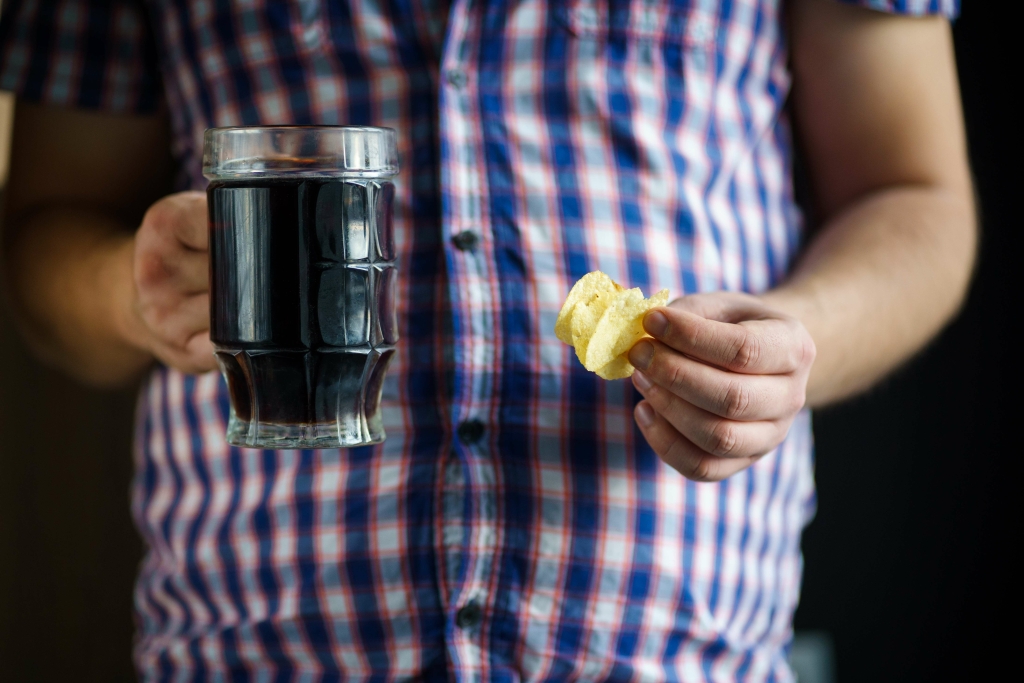It is possible that addressing SM could be targeted to prevent the development and persistence of a threshold SUD. Clinicians and healthcare providers should screen for SM among those presenting with MD/AD and provide “gold standard” concurrent treatment to address SM behavior and MD/AD simultaneously. Results from cross‐sectional studies looking at the relationships between MD/AD and SUD without measurements of self‐reported SM show support for relationships in both directions. This identifies that SM is one possible mechanism by which MD/AD and SUD may co‐occur, but it is not the only pathway. However, the strongest approach to assessing the SMH lies in longitudinal studies that assess SM for MD/AD symptoms as a predictor of incident and persistent SUD. The results consistently demonstrated that SM for MD/AD symptoms is a significant predictor of incident and persistent SUD.
Find Proven Support with Treatment at Catalina!

Meaning-making coping skills encourage you to look at stressors and situations and find the meaning or positives in them. Once you find meaning, you’ll be able to decide what parts of these patterns no longer serve you. The outcome of social support depends heavily on the individual that you choose what is Oxford House to confide in. There are generally positive outcomes regarding support, but this can backfire if your chosen confidant reacts negatively. A narrative review based on a comprehensive and replicable search strategy is used in this review.
- The behaviors that lead to drinking often serve as coping mechanisms for deeper emotional issues, creating a cycle that can be hard to break.
- The more you are aware of and appreciate your feelings, the more you can learn to trust yourself to handle experiences with integrity and compassion.
- If your stress or anxiety is related to a long-term stressor such as a traumatic event, consider reaching out to a mental health professional for help.
- Your therapist will work with you to develop appropriate coping skills to use when you’re faced with your triggers.
- For women aged 18–34 years, depressive symptomatology is the predictor variable of problematic alcohol consumption, but for women aged 35–64 years, it is the avoidant coping style, which is the predominant style in women of this age with depression.
Behavioral Links Between Drinking and Depression: Understanding the Connection and Implications

A counselor, therapist, and community organizations may all be able to give additional support. Moderate exercise — such as stretching, yoga, and walking — can help reduce feelings of stress on your body. Mindfulness techniques such as meditation can also help you focus on the present moment. Even if you’ve been turning to alcohol more than you’d like to cope with stress, there are steps you can take to adopt different habits.
Maladaptive Daydreaming
Most studies, addressing the association between stress and alcohol consumption are based on clinical populations with limited sample sizes and participants who already developed AUD. In this context different moderators and mediators leading to alcohol dependence are often center of the research question 48, 49. There is need for research that investigates the underlying mechanisms that lead to AUD before it is manifested. Learning how to stop using alcohol as a coping mechanism can be challenging, and you don’t have to do it alone. At Monument, we believe that support to build positive coping mechanisms should be accessible alcohol as a coping mechanism and personalized.
- Consider getting involved with a local faith community or service organization.
- Substance use coping motives may become more centrally related to the risk for depression following the transition to early adulthood when individuals experience increased developmental stress (Stone et al., 2012).
- Inhibitory control is measured using a go/no-go task (Fig. 3) where participants are presented with 320 trials (280 go and 40 nogo trials) of stimuli containing two dots.
- This approach may provide temporary relief but often exacerbates those symptoms over time.
- Alcohol use disorder (AUD) is a chronic, relapsing alcohol addiction condition that is characterized by compulsive alcohol use, a loss of control over your alcohol intake, alcohol dependence, and a negative emotional state when not using alcohol.
